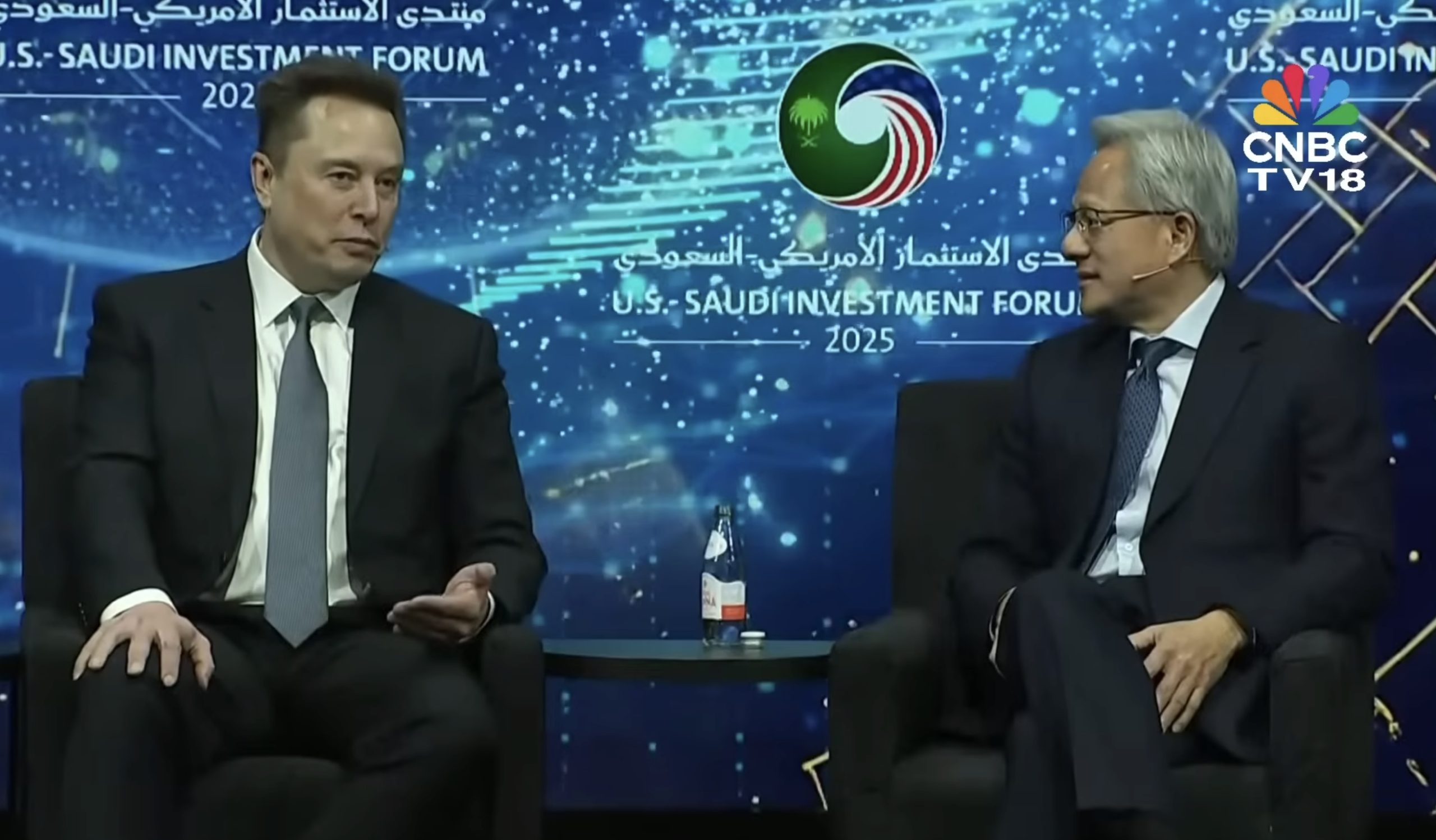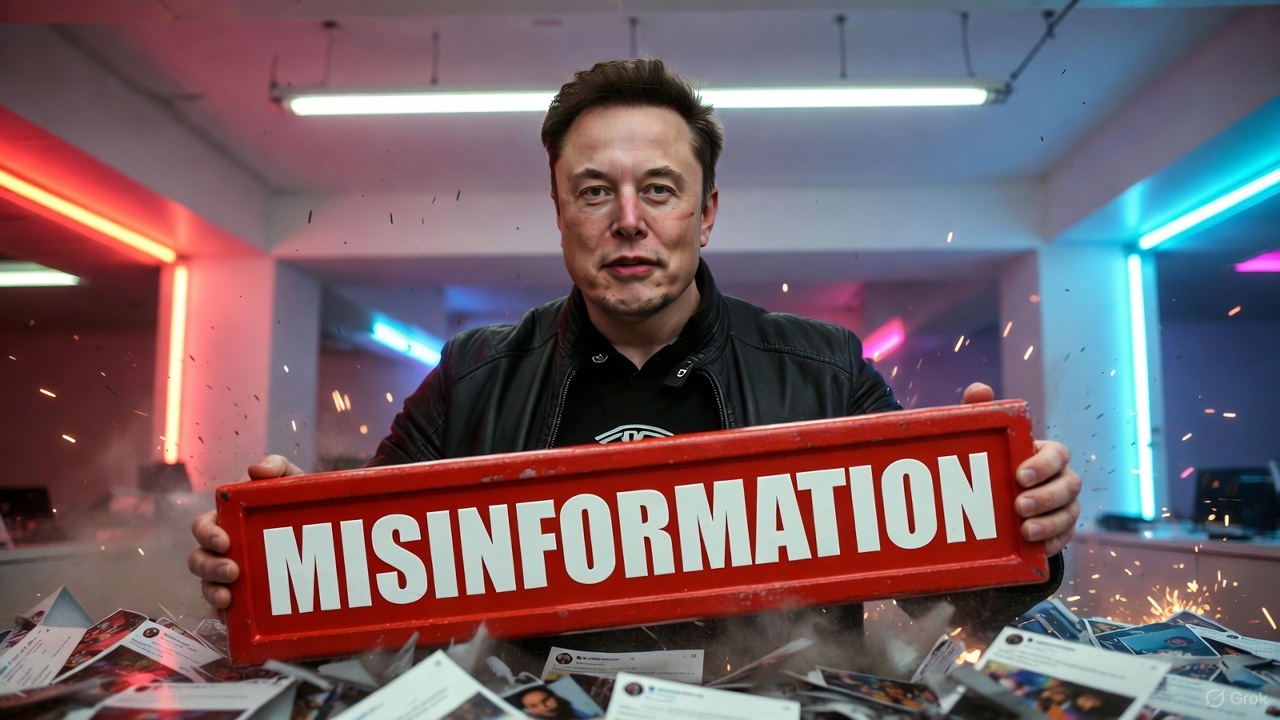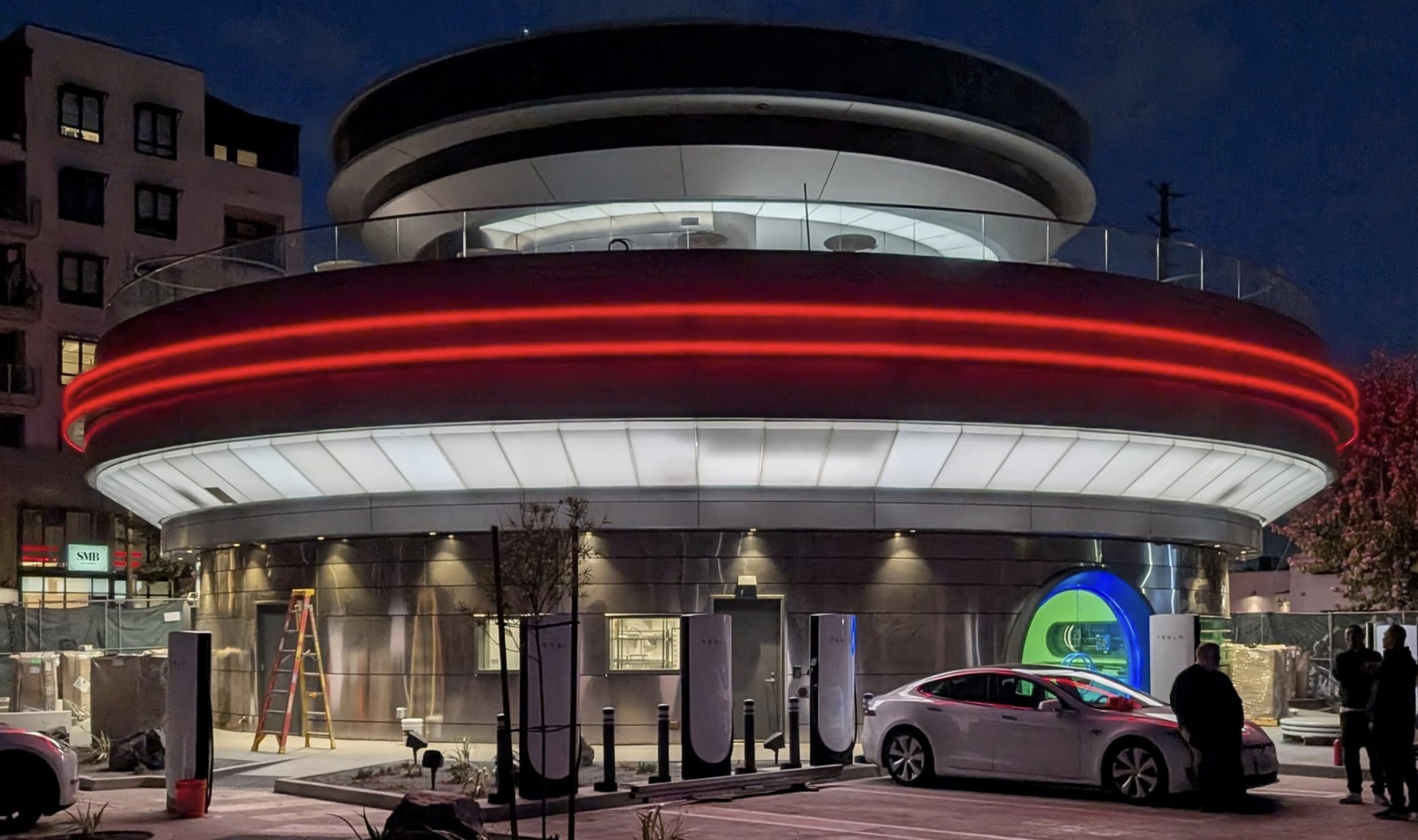

News
State officials highlight worker choice in Tesla Giga Berlin labor dispute
As Tesla faces continued labor efforts in Europe over whether the company’s German Gigafactory will sign a collective labor agreement, the automaker has largely doubled down on the idea that its workers are better off being independent from a union’s influence. However, local officials have recently explained why they think an agreement could be mutually beneficial for workers and for Tesla overall, though they emphasize that it’s ultimately up to the workers.
Earlier this month, multiple workers at Tesla’s Gigafactory Berlin, including the works council leader, defended the company’s avoidance of a labor agreement, saying the automaker’s close proximity to the workers made it easier to make routine changes and find solutions for workers.
In recent statements to Teslarati, an official from the Brandenburg Ministry of Economy, Labor and Energy has noted how social partnership between workers and unions contributes to the German economy and to companies overall, while the autonomy of employees to choose remains an important part of the equation.
“It would be good if IG Metall and Tesla could agree on a collective labor agreement or at least talk about it,” said Felix Dollase, a spokesperson for the Brandenburg Ministry of Economy, Labor and Energy, in an email to Teslarati. The statements closely echoed those from Brandenburg Minister Jörg Steinbach made earlier this month.
“Like Social Partnership as a whole, this would have many advantages for both sides. Social partnership is partly responsible for prosperity. It has been creating conditions for economic growth for decades and is also responsible for a well-developed welfare state,” Dollase added.
In Germany, it is up to each individual worker to decide whether they want to join a union, and the greater the proportion of union-represented workers, the greater the strength of the union in that company, as Dollase clarified in the email. In addition, he explained that workers have the right to elect and facilitate a works council, which can’t be taken away by the company, and unions are allowed to offer up an electoral candidacy list during elections.
The result, Dollase says, is an effective system of businesses that play an important role in Germany’s economy and society. However, he also says individual autonomy in choosing whether or not to join a union plays an equal role in this process.
“This is not an obstacle for productivity, but increases it, and makes an important contribution to stabilizing society and the economy,” Dollase added. “This is why Social Partnership is and remains an important part of our economic system. But it is also characterized by the autonomy of the social partners.”
Tesla’s Giga Berlin elected a works council in 2022, though IG Metall has accused it of being comprised primarily of lower-level leadership workers who are close to executive management (via Wall Street Journal). The leader of the current works council at Giga Berlin recently also opposed a collective labor agreement with IG Metall in a report, saying that union influence would make the company lose its agility.
“We are close to the workforce,” said Michaela Schmitz, leader of Giga Berlin’s works council. “Our agility will be lost if we are influenced from outside.”
“We are focusing on ourselves in order to find solutions for our employees quickly and without unnecessary escalation and thus make changes happen significantly faster,” said Andre Thierig, senior director of manufacturing at Tesla’s Giga Berlin, in the same piece.
As of writing, Tesla and IG Metall have not responded to Teslarati‘s requests for comment on the ongoing labor efforts.
The statements come as Tesla faces strikes in Sweden, lodged by union IF Metall, and including sympathy strikes from other entities. Despite IF Metall’s attempts to encourage unions around the world to target Tesla, including IG Metall, the German union highlighted autonomy then too, noting the importance of individual workers having the choice as to whether or not they should join a union.
“If IG Metall got to decide, Tesla’s employees would have a collective agreement,” said IG Metall spokesperson Markus Sievers in a statement last month about the encouragement to join strike efforts. “But the initiative must come from the employees.”
One Tesla Sweden worker recently spoke out after being expelled from IF Metall, due to his unwillingness to join the strike. The worker, who asked to remain anonymous, said he is facing “harassment” from the union, adding that he feels “terrified” of them as they “try to make it difficult” for workers. Operationally, the Tesla Sweden employee explains, work has not changed much, despite the labor union’s efforts.
“The main reason is that I care about the environment and enjoy my job,” the worker said as to why he won’t join the strike. “And I care a lot about our customers too. I want customers to feel safe choosing Tesla.”
Despite this, IG Metall said in October that Tesla workers at Giga Berlin were joining the union in droves, largely due to health and safety concerns. Last January, the union also claimed that workers weren’t getting enough time for “leisure, family and recovery,” once again emphasizing that it thinks Tesla needs a union in Germany.
Tesla gets new neighbor as Germany’s IG Metall union builds office near Giga Berlin
Are you a worker at Tesla’s Gigafactory Berlin or a member of the German union IG Metall? If so, reach out and tell me your thoughts at zach@teslarati.com, find me on X at @zacharyvisconti, or send us your tips at tips@teslarati.com.

Elon Musk
Elon Musk’s xAI gains first access to Saudi supercluster with 600k Nvidia GPUs
The facility will deploy roughly 600,000 Nvidia GPUs, making it one of the world’s most notable superclusters.

A Saudi-backed developer is moving forward with one of the world’s largest AI data centers, and Elon Musk’s xAI will be its first customer. The project, unveiled at the U.S.–Saudi Investment Forum in Washington, D.C., is being built by Humain, a company supported by Saudi Arabia’s Public Investment Fund.
The facility will deploy roughly 600,000 Nvidia GPUs, making it one of the world’s most notable superclusters.
xAI secures priority access
Nvidia CEO Jensen Huang stated that the planned data center marks a major leap not just for the region but for the global AI ecosystem as a whole. Huang joked about the sheer capacity of the build, emphasizing how unusual it is for a startup to receive infrastructure of such magnitude. The facility is designed to deliver 500 megawatts of Nvidia GPU power, placing it among the world’s largest AI-focused installations, as noted in a Benzinga report.
“We worked together to get this company started and off the ground and just got an incredible customer with Elon. Could you imagine a startup company, approximately $0 billion in revenues, now going to build a data center for Elon? 500 megawatts is gigantic. This company is off the charts right away,” Huang said.
Global Chipmakers Join Multi-Vendor Buildout To Enhance Compute Diversity
While Nvidia GPUs serve as the backbone of the first phase, Humain is preparing a diversified hardware stack. AMD will supply its Instinct MI450 accelerators, which could draw up to 1 gigawatt of power by 2030 as deployments ramp. Qualcomm will also contribute AI200 and AI250 data center processors, accounting for an additional 200 megawatts of compute capacity. Cisco will support the networking and infrastructure layer, helping knit the multi-chip architecture together.
Apart from confirming that xAI will be the upcoming supercluster’s first customer, Musk also joked about the rapid scaling needed to train increasingly large AI models. He joked that a theoretical expansion one thousand times larger of the upcoming supercluster “would be 8 bazillion, trillion dollars,” highlighting the playful exaggeration he often brings to discussions around extreme compute demand.
Elon Musk
Elon Musk debunks pay package and lip reader claims in double takedown
Musk’s quick debunks highlighted once more that X is an ideal platform for directly countering misinformation.

Elon Musk recently took to X to debunk some misinformation about his 2025 CEO performance award, as well as some comments he made during Donald Trump’s banquet in honor of Saudi Prince Mohammed bin Salman.
Musk’s quick debunks highlighted once more that X is an ideal platform for directly countering misinformation.
Musk’s pay package
Elon Musk’s 2025 CEO performance award was created as a path for him to gain a 25% stake in Tesla. It would also make him a trillionaire, provided that he manages to meet all of the performance award’s aggressive targets. This has not stopped critics from running with the apparent narrative that Musk will be getting the $1 trillion with utmost certainty, however.
This included the More Perfect Union account on X, which noted that “Elon Musk is set to make more than every U.S. elementary school teacher combined, according to the Washington Post.”
Musk responded to the pro-union amount’s post, highlighting that he has not earned any of his $2025 performance award so far. Musk also noted that those who believe he will be getting $1 trillion should invest in TSLA stock, as his compensation is tied to the company’s performance and growth. Investors who hold their TSLA until Musk achieves his full pay package would likely get notable returns.
Lip reader fail
Musk also debunked claims from the Daily Mail, which claimed that he made an “explosive” remark at Trump’s banquet for Saudi Prince Mohammed bin Salman. Citing observations from lip reader Nicola Hickling, the Mail claimed that Musk asked Pfizer CEO Albert Bourla, “What is your opinion, is he a terrorist?” The publication also posted a video of Musk allegedly making the risqué comment on X.
Musk proceeded to correct the publication, stating that the lip reader’s observations were fake. Instead of asking the Pfizer CEO if the Saudi Prince was a terrorist, Musk noted that he was asking the executive about cancer medicine. “False, I was asking about upcoming cancer drugs,” Musk wrote in a response on X.
Musk’s comments resulted in numerous critical responses to the Mail’s video, with some X users joking that the lip reader who analyzed the clip should probably get a visual acuity test, or a better training course on lip reading at least.
News
Tesla Diner to transition to full-service restaurant as Chef heads for new venture
“I am leaving the Tesla Diner project to focus on the opening of Mish, my long-desired Jewish deli. Projects like Mish and the Tesla Diner require a sharpness of focus and attention, and my focus and attention is now squarely on Mish.”

Tesla Diner, the all-in-one Supercharging and dining experience located in Los Angeles, will transition to a full-service restaurant in January, staff said, as Chef Eric Greenspan said he would take on a new project.
A report from the Los Angeles Times says Greenspan confirmed through a text that he would leave the Diner and focus on the opening of his new Jewish deli, Mish.
Greenspan confirmed to the paper:
“I am leaving the Tesla Diner project to focus on the opening of Mish, my long-desired Jewish deli. Projects like Mish and the Tesla Diner require a sharpness of focus and attention, and my focus and attention is now squarely on Mish.”
Greenspan took on the job at the Tesla Diner and curated the menu back in March, focusing on locally-sourced ingredients and items that would play on various company products, like Cybertruck-shaped boxes that hold burgers.
Tesla Cybertruck leftovers are the main course at the Supercharger Diner
The Tesla Diner has operated as somewhat of a self-serve establishment, where Tesla owners can order directly from their vehicles through the center touchscreen. It was not exclusive to Tesla owners. Guests could also enter and order at a counter, and pick up their food, before sitting at a booth or table.
However, the report indicates Tesla is planning to push it toward a sit-down restaurant, full of waiters, waitresses, and servers, all of which will come to a table after you are seated, take your order, and serve your food.
It will be more of a full-featured restaurant experience moving forward, which is an interesting move from the company, but it also sounds as if it could be testing for an expansion.
We know that Tesla is already considering expanding locations, as it will be heading to new areas of the country. CEO Elon Musk has said that Tesla will be considering locations in Palo Alto near the company’s Engineering HQ, and in Austin, where its HQ and Gigafactory Texas are located.
Musk said that the Diner has been very successful in its first few months of operation.








